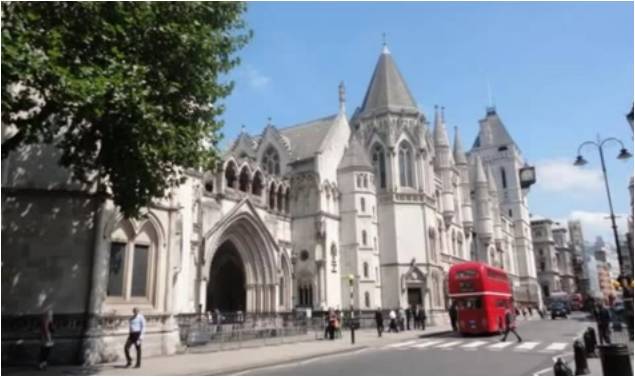A History of English Architecture: 410-2013
A History of English Architecture: 410-2013 (Gresham College). A history of architecture from AD 410 to the modern day, by the Chief Executive of English Heritage, Professor Simon Thurley.
Dr Simon Thurley is a leading architectural historian, a regular broadcaster and was, for thirteen years, Chief Executive of English Heritage, the Government's principal advisor on the historic environment in England.
(from gresham.ac.uk)
 |
Making England: The Shadow of Rome, 410-1130
When the English nation rose out of the ruins of the Roman Province of Britannia, people remained obsessed with their Roman past. Seismic social and political change in 1066 barely upset the vision of patrons and architects and Rome remained England's cultural capital driving the imagination of its architects.
A New Jerusalem: Reaching for Heaven, 1130-1300
During the thirteenth century Jerusalem supplanted Rome as the inspiration for English architecture. Huge national wealth led to an outburst of building of great creativity and individuality. The new gothic style which emerged by the 1220s was a national style for England creating some of the most remarkable buildings in European history.
How the Middle Ages Were Built: Exuberance to Crisis, 1300-1408
England's economic success peaked in 1300 amidst a riot of architectural excess and was followed by a series of disasters which lasted much of the fourteenth century. Yet against a catastrophic background English architectural individualism flourished and out of radically changed social structures an architectural consensus emerged.
How the Middle Ages Were Built: Coming of Age, 1408-1530
Against a background of political instability architectural initiative was captured by a new class of patrons who built in a style that expressed confidence in their worldly position and fear of the afterlife. On the very eve of the Reformation English architecture had reached a perfection that was to be destroyed by Henry VIII and new world order.
The End of the Old World Order, 1530-1650
The Reformation and the Civil War, two events a century apart, created an astonishing originality and independence in English Building.
The Rise of Consensus, 1650-1760
Opened up to the world once more England drank in influences and ideas from abroad which were to infuse English building with widely held ideas and values.
Engine House, 1760-1830
England's take off as the first industrial nation created a whole new language of building underpinned by technology and by an emerging view of the rest of the world.
On Top of the World, 1830-1914
Economic dominance brings cultural dominance and the architecture of Empire was, in part, a template for the world. But as the century turned there were already signs of big changes which were to go on to shape the England we now live in.
Building the Victorian City: Splendour and Squalor
By 1900 Britain had produced the world’s largest cities and the first industrial cities. These phenomena led to vast technical, social and architectural challenges. Victorian architects and engineers met these with some of the most impressive feats of construction since the cathedrals of the middle ages.
English Architecture and the First World War
The First World War had a devastating effect on Britain. Human and economic loss was accompanied by a loss of confidence and direction. This lecture looks at both the cultural effects of the War and its architectural impact. Both saw a struggle to reconcile a rejection of the pre-war world and a longing for it.
Forwards and Backwards Architecture in Inter-War England
The First World War brought far reaching changes to England. These included a huge expansion of the suburbs, the massive growth of motoring and a debate about how England should look in the future. This was not a simple battle between conservationists and developers; it was a search for the soul of England.
Coming to Terms with Modern Times: English Architecture in the Post War Era
The Second World War intensified and magnified debates that had been current amongst architects since 1914. It also marks a fault line in English architectural history. Architects, supported by politicians, decisively moved away from tradition and sought to create a new language of architecture. Some loved it, but unfortunately the public grew to hate it.
| Related Links |
| Michael Wood's Story of England This is a six-part BBC documentary series hosted by Michael Wood, telling the story of one place, the Leicestershire village of Kibworth, throughout the whole of English history. |
| A History of Britain This is a BBC documentary series presented by Simon Schama, providing a comprehensive historical survey of the British Isles from around 3100 BC to the mid-1960s. |
| Architectures (ARTE) This is a documentary series produced by the European public television channel ARTE, looking at architecture and its historical and social functions to reveal its meaning and impact on humanity. |